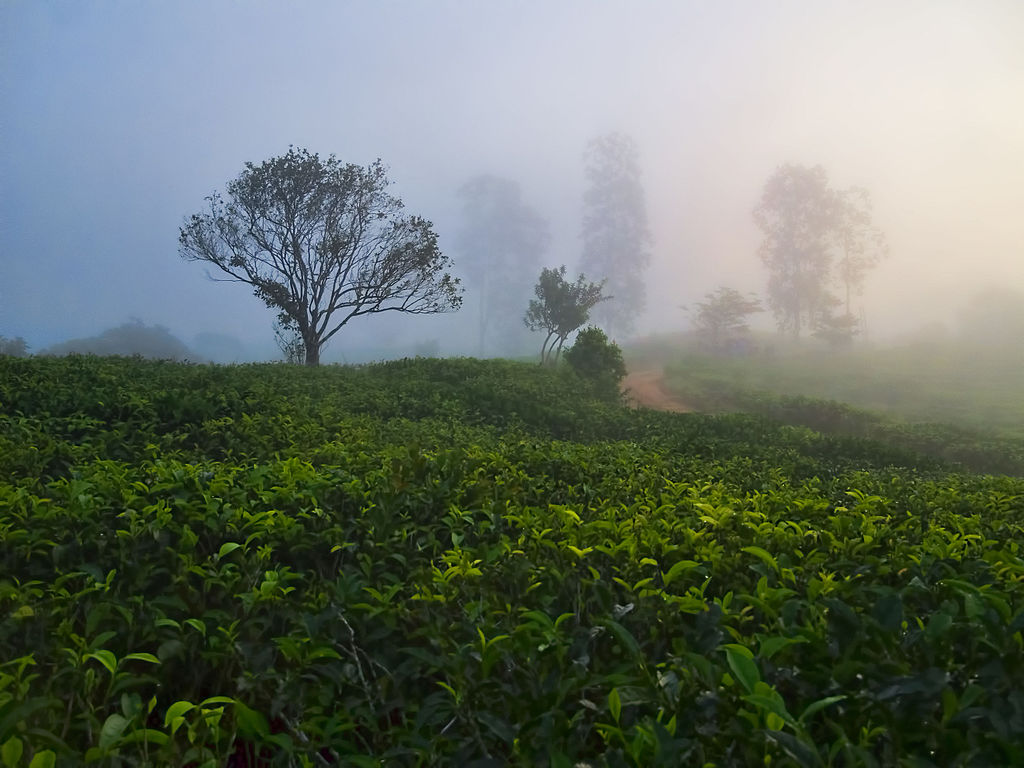Featuring a rich biodiversity, the Sinharaja Rainforest is a true natural treasure home to a wealth of endemic flora and fauna. Both a UNESCO World Heritage Site and a Biosphere Reserve the forest offers much to discover.

Getting There
Due to its vast size, Sinharaja can be reached from different directions; the Veddagala – Kudawa route passing Ratnapura en route to Kudawa is generally the most widely used. Another option is the Morningside Route also from Ratnapura or via Deniyaya. For convenience, it always helps to stay at a Sinharaja eco lodge in Sri Lanka, ideally by the fringes of the reserve.
Birdlife
The Sinharaja Rainforest is home to around 147 bird species, including 21endemic species; these include the Ceylon Wood Pigeon, Brown-capped Babbler and the Sri Lankan Junglefowl which are amongst the species you may see on birdwatching excursions offered by eco-friendly properties such as The Rainforest Ecolodge. Not to be missed is the chance to witness the ‘Mixed Species Feeding Bird Flocks’ featuring various bird species.
Other Wildlife
Eight endemic species of mammals have been recorded here including the torque macaque and the giant squirrel. Sinharaja also has a high number of butterfly species as well as amphibians and reptiles such as the Green Pit Viper.
Tree and Plant Life
Made up of tropical wet evergreen forest or tropical lowland rainforest, Sinharaja is a rich storehouse for plant and tree species; in fact, more than 60% of trees found here are endemic. Amongst the flora are many medicinal plants too, used in traditional medicine.
Roland Lefevre is a travel writer who specializes in creating features on leisure as well as business travel destinations across the globe. Google+
